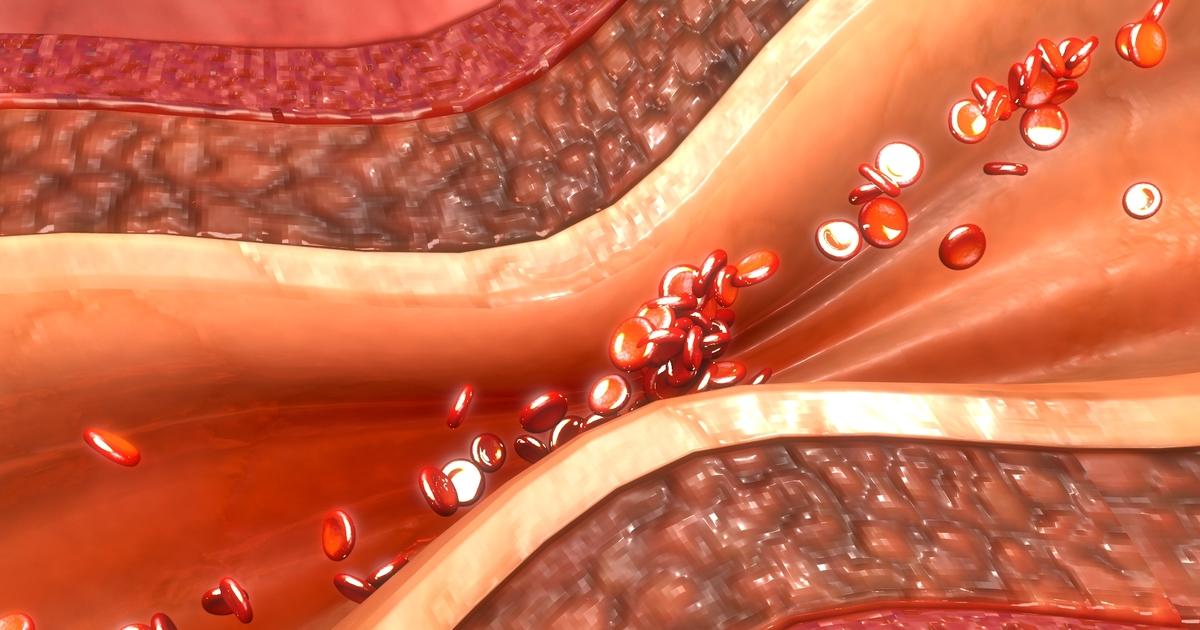Guide To Heart Attack Causes And Risk Factors
A heart attack is when the heart's blood supply becomes obstructed or blocked. This occurs due to plaque or blood clot forming and stopping the blood from flowing any further into the affected coronary artery. The muscle cells that make up the heart require a constant supply of oxygen to operate and survive. A blood flow obstruction in a coronary artery causes the part of the heart it supplies to experience ischemia, where the cells that make up the heart muscles are deprived of nutrients and oxygen. With ischemia, cells begin to die in large numbers and cause entire tissues to die. When a part of an affected individual's heart muscle dies or becomes damaged due to ischemia, it is considered a heart attack.
A heart attack can be caused by a combination of numerous risk factors and mechanisms. Get to know these now.
Coronary Artery Narrowing And Blockage

One of the most common causes of a heart attack is coronary artery narrowing and blockage by the accumulation of plaque. Coronary artery disease is plaque accumulation and narrowing in the coronary arteries. The coronary arteries are two large arteries that branch off the area where the left ventricle and aorta come together. These arteries and their subsequent divisions are responsible for supplying the muscle tissues of the heart with oxygenated blood and nutrients. The left coronary artery separates into the left anterior descending artery, which provides blood to the left ventricle, and the circumflex artery, which provides blood to the left atrium. The right coronary artery divides into the posterior descending artery and right marginal artery, which provide blood supply to the right atrium, ventricle, and the bottom portion of the left ventricle. The right side of the heart pumps blood into the lungs, while the left side pumps oxygenated blood to the rest of the body. When plaque sticks to the coronary artery walls, it can narrow them to the point of restricting or obstructing blood flow in the areas of the heart it supplies. The tissues stop working due to oxygen deprivation, and the affected individual experiences a heart attack.
Uncover more risk factors for a heart attack now.
High Cholesterol

An individual who has high cholesterol is at a greater risk of having a heart attack than someone who does not. Low-density lipoprotein is the form of cholesterol associated with a greater risk of a heart attack. Elevated levels of bad cholesterol in the bloodstream can cause a substance called plaque to stick and accumulate in the walls of the arteries. Plaque is made from mostly fat and cholesterol, but it also contains calcium and other substances that may be found in blood. Plaque eventually hardens or calcifies, making the affected arteries hard and stiff. As it accumulates, plaque takes up space in the vessels blood should be flowing through. General plaque buildup in arteries around the body is referred to as atherosclerosis. An individual who has atherosclerosis is more likely to develop the same issue in their coronary arteries. Plaque also has the potential to break off from their origination point and get lodged in other arteries, such as one of the coronary arteries. An obstruction from original plaque buildup or plaque that has migrated and become lodged in a coronary artery can cause a heart attack.
Keep reading to learn more about what can increase the risk of a heart attack now.
Hypertension

Hypertension in an individual can cause them to be at an increased risk of having a heart attack. Blood pressure describes the amount of force the blood has on the vessel walls as it flows through them. Healthy blood vessels can expand and accommodate this to a certain extent. However, the blood vessels can become damaged when the individual has high blood pressure consistently over some time. The blood vessel linings and walls become damaged, allowing for easier penetration by fats and other substances known to form plaque in the arteries. A heart attack can happen when plaque builds up and obstructs the coronary arteries. Another mechanism through which hypertension can cause a heart attack involves the strain high blood pressure puts on the muscle tissues of the heart itself. The muscular walls of the heart can grow larger and become thickened. An enlarged heart can cause a heart attack because it compresses the coronary arteries, cutting off blood flow to the heart tissues.
Discover more heart attack risk factors now.
Obesity

An obese individual has an increased risk of having a fatal heart attack. Obesity can cause an individual to develop high blood pressure, atherosclerosis, and other risk factors associated with a heart attack. Obese individuals are also more likely to develop diabetes, which causes a significant increase in the risk of a heart attack. However, obesity independent of such factors still increases an individual's heart attack risk. Numerous studies have proven that heart attack risk remains elevated in obese individuals despite the absence or effective management of diabetes, hypertension, and atherosclerosis. The mechanism behind this increased risk is thought to involve the widespread inflammation that occurs in those who are obese. The excess fat cells in obese individuals can release certain substances into the body that induce an immune system response, or cause inflammation. Individuals who are obese also tend to have a larger heart than those who are not obese to help compromise for the additional stress on the heart from their larger blood volume and overall size.
Read more about the risk factors linked to a heart attack now.
Diabetes

An individual affected by diabetes is at an increased risk of having a heart attack. The combined risk of death, heart attack, and stroke in diabetes patients are twice as high as in individuals who do not have diabetes. A heart attack is known to be the prevailing top cause of death among individuals affected by type 2 diabetes. Most mechanisms responsible for this increased risk factor are associated with processes that occur due to high blood sugar. Numerous processes and substances have been implicated in promoting atherosclerosis in conditions of hyperglycemia, including polyol pathway, protein kinase C, the formation of AGE, hexosamine pathway, and lipoxygenase pathway. Other mechanisms and substances that involve the furtherance of macrovascular complications in addition to those precipitated by hyperglycemia are known to play a role in the increased risk of a heart attack. These substances and mechanisms include hyperlipidemia, apelin, adiponectin, leptin, lipoprotein lipase, fatty acid-binding protein aP2, C peptide, haptoglobin, and thromboxane receptor A2.